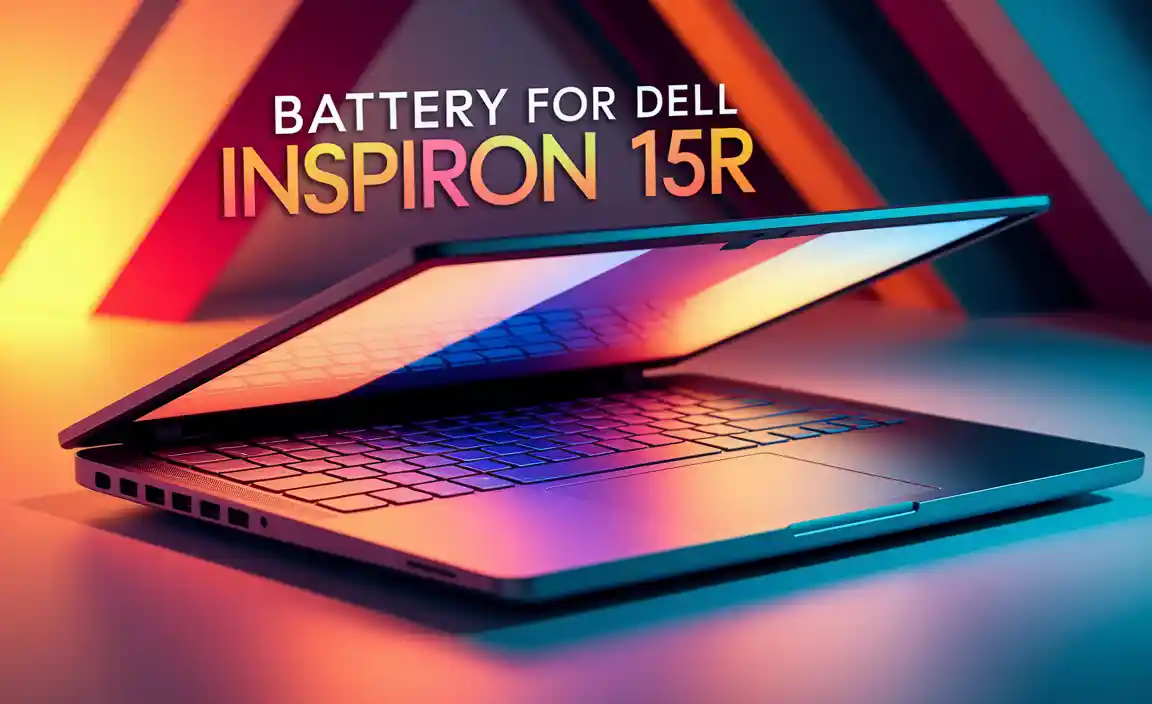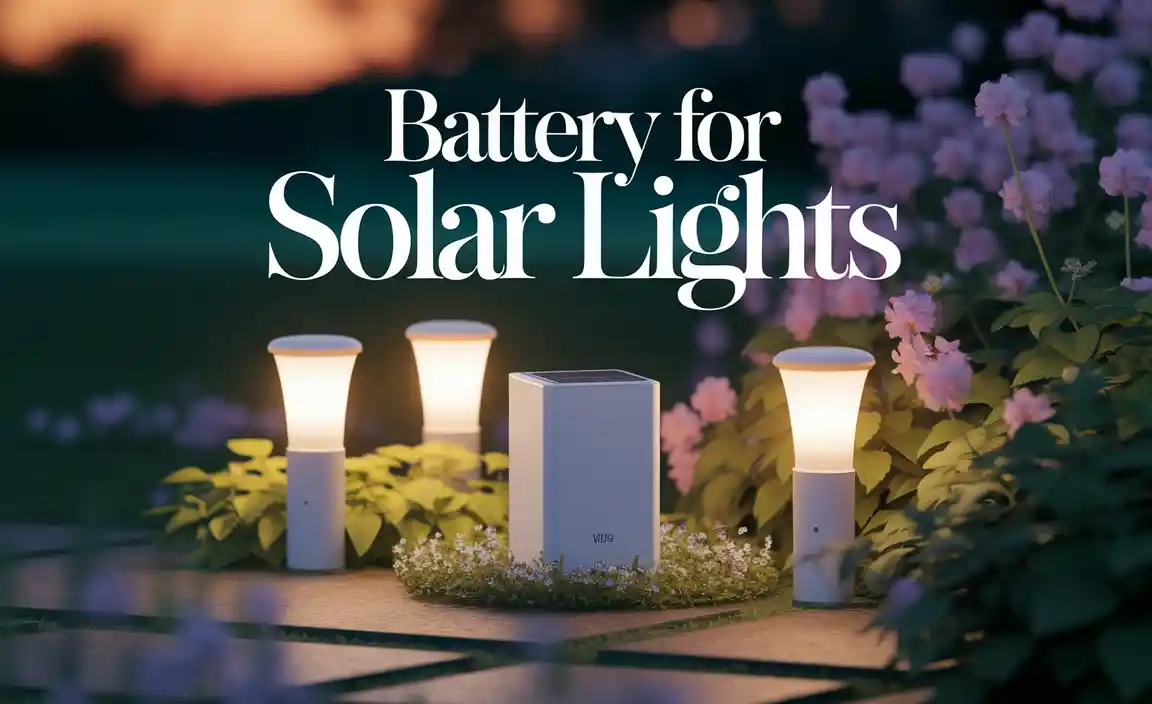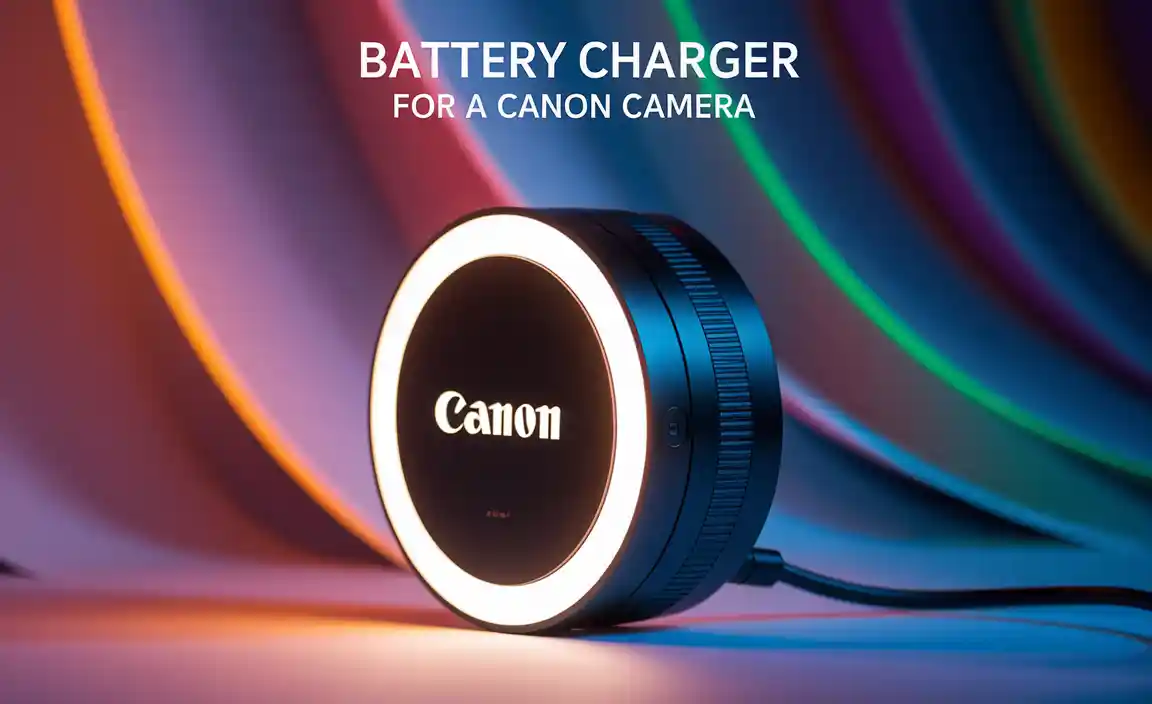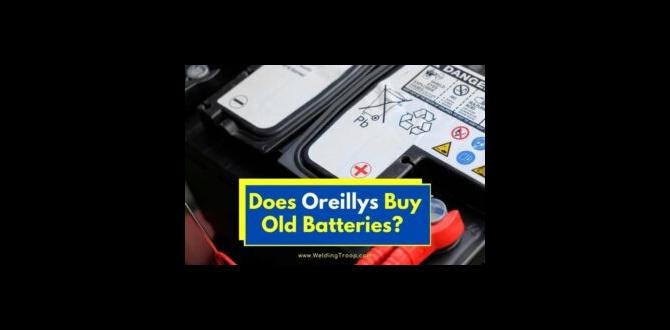Quick Summary: Find affordable, high-performance lithium car batteries for your Honda Civic to boost power and reliability without breaking the bank. This guide covers smart choices and installation tips for a proven upgrade.
Is your Honda Civic’s battery giving you trouble? Maybe it’s struggling to start on cold mornings, or perhaps you’re just looking for a performance boost without a hefty price tag. A weak battery can be frustrating, leaving you stranded or worried about your car’s reliability. But don’t worry, upgrading to a powerful and affordable lithium car battery for your Honda Civic is totally achievable. We’re going to walk you through everything you need to know, from understanding why lithium is a great choice to finding the best value options out there. Get ready to give your Civic the proven power it deserves, easily and affordably.
Why Consider a Lithium Car Battery for Your Honda Civic?
When we talk about car batteries, most people picture the traditional lead-acid type. They’re what most cars come with. But there’s a newer, more exciting option making waves: lithium car batteries. For your Honda Civic, a lithium battery can be a game-changer, offering some pretty sweet advantages that often outweigh the initial cost.
Think about it: lighter weight, faster charging, and a much longer lifespan. These aren’t just minor perks; they can genuinely improve your driving experience and save you money in the long run. For a car like the Honda Civic, known for its efficiency and practicality, a lithium battery can feel like the perfect match, offering a modern upgrade that aligns with the car’s spirit.
The Advantages of Lithium-Ion in Automotive Applications
- Lighter Weight: Lithium batteries are significantly lighter than traditional lead-acid batteries. This can contribute to better fuel efficiency and improved handling for your Civic.
- Longer Lifespan: They can last much longer – often two to three times as long as lead-acid batteries. This means fewer replacements and less hassle over the years.
- Faster Charging: Lithium batteries accept charge faster, meaning they can recover from deep discharges more quickly.
- Consistent Power Output: They maintain a more stable voltage throughout their discharge cycle, providing consistent power to your car’s systems.
- Deep Discharge Capability: They handle deep discharges better than lead-acid batteries, which is great if you occasionally leave lights on or use accessories with the engine off.
- Environmentally Friendlier: Over their lifespan, they can be more environmentally friendly due to fewer replacements and less harmful materials compared to older battery technologies.
“Cheap” Doesn’t Mean Low Quality: Finding Value
The term “cheap lithium car battery for Honda Civic” might raise an eyebrow. You might think affordable means sacrificing quality. However, the market has evolved. While lithium batteries can have a higher upfront cost than basic lead-acid options, their longevity and performance benefits often make them a more cost-effective choice over time. We’re not just looking for the lowest price, but for the best value – a battery that delivers reliable power and lasts longer without costing a fortune.
Understanding Your Honda Civic’s Battery Needs
Before you jump into buying a lithium battery, it’s crucial to know what your Honda Civic actually needs. Cars have specific requirements, and picking the right battery is like choosing the right shoes – they need to fit correctly and perform the job they’re designed for.
Your Civic’s owner’s manual is your best friend here. It will tell you the battery’s size (like Group Size 51R, which is common for many Hondas), its Cold Cranking Amps (CCA) rating, and its reserve capacity. These specs are important for ensuring the new battery will work properly and safely with your car’s electrical system.
Key Battery Specifications Explained
- Group Size: This refers to the physical dimensions of the battery and how its terminals are configured. For many Honda Civics, you’ll see Group Size 51R. Measuring your current battery and comparing it to the specifications of a potential new one is a good practice.
- Cold Cranking Amps (CCA): This is a measure of how much power the battery can deliver in freezing temperatures to start the engine. Higher CCA is generally better, especially if you live in a cold climate. Your Civic will have a minimum CCA requirement.
- Reserve Capacity (RC): This indicates how long the battery can provide power if the alternator fails. It’s a measure of endurance for essential electrical components.
- Voltage: Standard car batteries are 12-volt systems. Lithium batteries designed for automotive use operate at this standard voltage.
Confirming Compatibility with Your Honda Civic Model
It’s not a one-size-fits-all situation. Different years and trims of the Honda Civic might have slightly different battery requirements. Always double-check the battery finder tool on reputable auto parts websites. You enter your car’s year, make, and model, and it will show you compatible batteries.
For example, a 2015 Honda Civic might use a different battery than a 2008 model. Even within the same year, some performance versions could have higher electrical demands. We want to ensure you get a battery that perfectly fits physically and electrically.
The Search for a “Cheap Lithium Car Battery for Honda Civic”
Finding an affordable lithium battery for your Honda Civic involves a bit of savvy shopping. Here’s how to approach it:
Where to Look for Value Lithium Batteries
- Online Retailers: Websites like Amazon, eBay, and specialized battery retailers often have a wider selection and competitive pricing. Look for brands with good reviews and solid warranties.
- Specialty Battery Shops: These stores can be great resources. They often carry various brands, including those that offer good value for money, and their staff can provide expert advice.
- Direct from Manufacturers: Some lithium battery manufacturers sell directly to consumers, sometimes offering better prices than through third-party sellers.
- Sales and Promotions: Keep an eye out for holiday sales, end-of-year clearances, or manufacturer rebates. These can significantly reduce the cost.
Brands to Consider for Budget-Friendly Lithium Options
While premium brands exist, several manufacturers are known for offering good performance at more accessible price points. Look for brands that focus on lithium-ion technology for automotive use and have a reputation for reliability. Some brands that frequently offer competitive pricing on lithium batteries include:
- Antigravity Batteries: While not always the cheapest, they are known for good performance and innovations.
- Shorai: Often cited for a good balance of performance and price, especially for powersport and lighter vehicle applications.
- Ballistic Performance: Similar to Shorai, offering a range of lithium batteries suitable for automotive use.
- And many others! The market is constantly evolving, so research current offerings.
When comparing brands, don’t just look at the price tag. Check reviews for long-term satisfaction, warranty coverage, and customer support quality.
Comparing Performance and Price: What’s a Good Deal?
A good deal isn’t just about the lowest number. We’re looking for a battery that meets or exceeds your Civic’s requirements for CCA and capacity at a reasonable price point. A typical lead-acid battery for a Civic might cost $100-$200. A lithium battery can range from $200-$500 or more, but given its lifespan and benefits, the long-term cost per year can be much lower.
When you find a “cheap” option, ask yourself:
- Does it meet the minimum CCA for my Civic?
- Does it have a warranty (ideally 3-5 years)?
- Are there positive user reviews about its reliability and lifespan?
- Is it the correct physical size and terminal configuration?
A battery around the $200-$300 mark that meets these criteria could be an excellent value.
Installation: A DIY Approach for Your Honda Civic
Replacing a car battery might sound intimidating, but it’s one of the more accessible DIY car maintenance tasks. With the right tools and a bit of caution, you can install your new lithium battery yourself and save on labor costs. Remember, safety first!
Essential Tools and Safety Precautions
Before you begin, gather these items:
- Your new lithium battery
- Wrench set (typically 10mm and 12mm for terminals and hold-downs)
- Battery terminal cleaner or wire brush
- Gloves and eye protection
- A small rag or towel
- Optional: Anti-corrosion spray or grease for terminals
Safety First!
- Always wear safety glasses and gloves. Car batteries contain corrosive acid.
- Never smoke or allow sparks near the battery. Batteries can release flammable hydrogen gas.
- Ensure the engine is off and the key is out of the ignition.
- Identify the positive (+) and negative (-) terminals correctly. The positive terminal is usually marked with a plus sign and often has a red cover.
- Disconnect the negative terminal FIRST, then the positive. This prevents accidental short circuits.
Step-by-Step Guide to Replacing Your Civic’s Battery
- Locate the Battery: In most Honda Civics, the battery is under the hood, typically on one side.
- Remove the Terminal Covers: If there are plastic covers over the terminals, remove them.
- Disconnect the Negative Terminal: Using your wrench, loosen the nut on the negative (-) terminal clamp. Wiggle the clamp and lift it off the post. Move the cable aside so it doesn’t accidentally touch the terminal again.
- Disconnect the Positive Terminal: Repeat the process for the positive (+) terminal. Loosen the nut and carefully remove the clamp.
- Remove the Battery Hold-Down: Most batteries are secured by a bracket or strap at the base. Locate and loosen the bolts or nuts holding this in place, then remove the bracket.
- Lift Out the Old Battery: Carefully lift the old battery straight up and out of the tray. Batteries are heavy, so use your legs and back correctly. If it’s easier, ask a friend for help.
- Clean the Battery Tray and Terminals: Use your rag and terminal cleaner to remove any corrosion from the battery tray and the cable clamps. Clean clamps ensure a good electrical connection.
- Place the New Battery: Carefully lower the new lithium battery into the tray, making sure it’s oriented correctly (terminals in the right position).
- Secure the Hold-Down: Reinstall the hold-down bracket and tighten its bolts or nuts to secure the battery firmly. It should not be able to move.
- Connect the Positive Terminal: Place the positive (+) cable clamp onto the positive terminal post. Tighten the nut securely.
- Connect the Negative Terminal: Place the negative (-) cable clamp onto the negative terminal post. Tighten the nut securely.
- Final Check: Ensure both terminals are tight and the battery is secure. Reinstall any terminal covers if applicable.
- Start Your Car: Turn the key and start your Honda Civic. It should crank over with more vigor!
Some modern cars with complex electronics may require a memory saver tool to be plugged into the OBD-II port before disconnecting the battery. This tool provides a low-level power supply to the car’s computer systems, preventing the loss of radio presets, clock settings, and other learned data. Check your owner’s manual or consult a professional if you’re unsure.
Lithium vs. Lead-Acid: A Performance Comparison
To truly appreciate the value of a lithium battery, it’s helpful to see how it stacks up against the traditional lead-acid battery in your Honda Civic.
Key Performance Metrics
| Feature | Lithium-Ion Battery | Lead-Acid Battery |
|---|---|---|
| Weight | Up to 70% lighter | Heavy |
| Lifespan (Cycles) | 2000-5000+ cycles | 300-700 cycles |
| Charge Acceptance | Very Fast | Moderate |
| Voltage Stability | High (consistent power) | Declines as discharged |
| Temperature Performance | Generally good, but extreme cold can affect performance (check specs) | CCA rating drops significantly in cold |
| Price (Upfront) | Higher | Lower |
| Price (Long-term value) | Potentially lower due to lifespan & performance | Higher due to more frequent replacements |
| Maintenance | Virtually none | May require checking water levels (if not sealed) |
For example, if a lead-acid battery lasts 3 years and costs $150, and a lithium battery costs $300 but lasts 9 years, the lithium battery is the more economical choice over that 9-year period ($150 x 3 = $450 for lead-acid vs. $300 for lithium).
Impact on Honda Civic Performance
- Faster Engine Crank: You might notice your Civic starts up more quickly and confidently, especially in colder weather, thanks to the consistent voltage.
- Improved Fuel Economy: The reduced weight of a lithium battery can subtly improve your Civic’s miles per gallon. It’s not a drastic change, but every bit helps!
- Accessory Power: If you use a lot of accessories (like a dashcam, high-end stereo, or charge devices frequently), a lithium battery’s ability to handle deep discharges without significant voltage drop is beneficial.
- Reduced Strain on Alternator: Faster charge acceptance means the alternator works less to keep the battery topped up, potentially extending its life.
Optimizing Your Battery’s Life and Performance
Once you’ve installed your new lithium battery, you’ll want to keep it in top shape. While lithium batteries are low-maintenance, a few practices can ensure you get every bit of performance and lifespan out of them.
What Affects Battery Lifespan?
- Extreme Temperatures: While lithium batteries generally handle heat better than cold, prolonged exposure to very high or very low temperatures can still reduce their lifespan. Parking in shade during hot weather or a garage in winter can help.
- Deep Discharges: Although lithium batteries are excellent at handling deep discharges, consistently draining them to near-zero voltage can still shorten their life over many cycles.
- Charging Issues: Using an incorrect charger or a malfunctioning alternator can stress the battery.
- Vibration: Excessive vibration can damage internal components, even in robust lithium batteries. Ensure your battery is securely mounted.
Tips for Extended Battery Life
- Use a Compatible Charger: If you ever need to charge your lithium car battery externally, ensure you use a charger specifically designed for automotive lithium-ion batteries. Using a lead-acid charger can damage it. Many modern battery maintainers have modes for lithium.
- Regularly Check Connections: Periodically inspect the battery terminals and cable connections for tightness and corrosion. A clean, tight connection is vital.
- Avoid Prolonged Deep Discharges: If you know you’ll be using accessories without the engine running for an extended period, consider using a portable power bank or consciously monitor your battery’s charge level.
- Monitor Charging System Health: Have your alternator tested periodically, especially if you notice charging issues or unexplained battery drain. A healthy charging system is key. You can learn more about vehicle charging systems and their importance at the U.S. Department of Energy’s Vehicle Technologies Office, which discusses advancements in automotive power systems.
FAQ: Your Questions Answered
Q1: Is a lithium car battery suitable for all Honda Civic models?
A1: While lithium batteries offer many advantages, ensure you get one that matches your specific Honda Civic’s group size, CCA requirements, and terminal configuration. Check your owner’s manual or use online battery finders.
Q2: How much cheaper are lithium car batteries compared to lead-acid ones in the long run?
A2: While the upfront cost is higher, lithium batteries can last 2-3 times longer than lead-acid batteries. This means fewer replacements, making them cheaper over their lifespan, especially when considering performance benefits.




